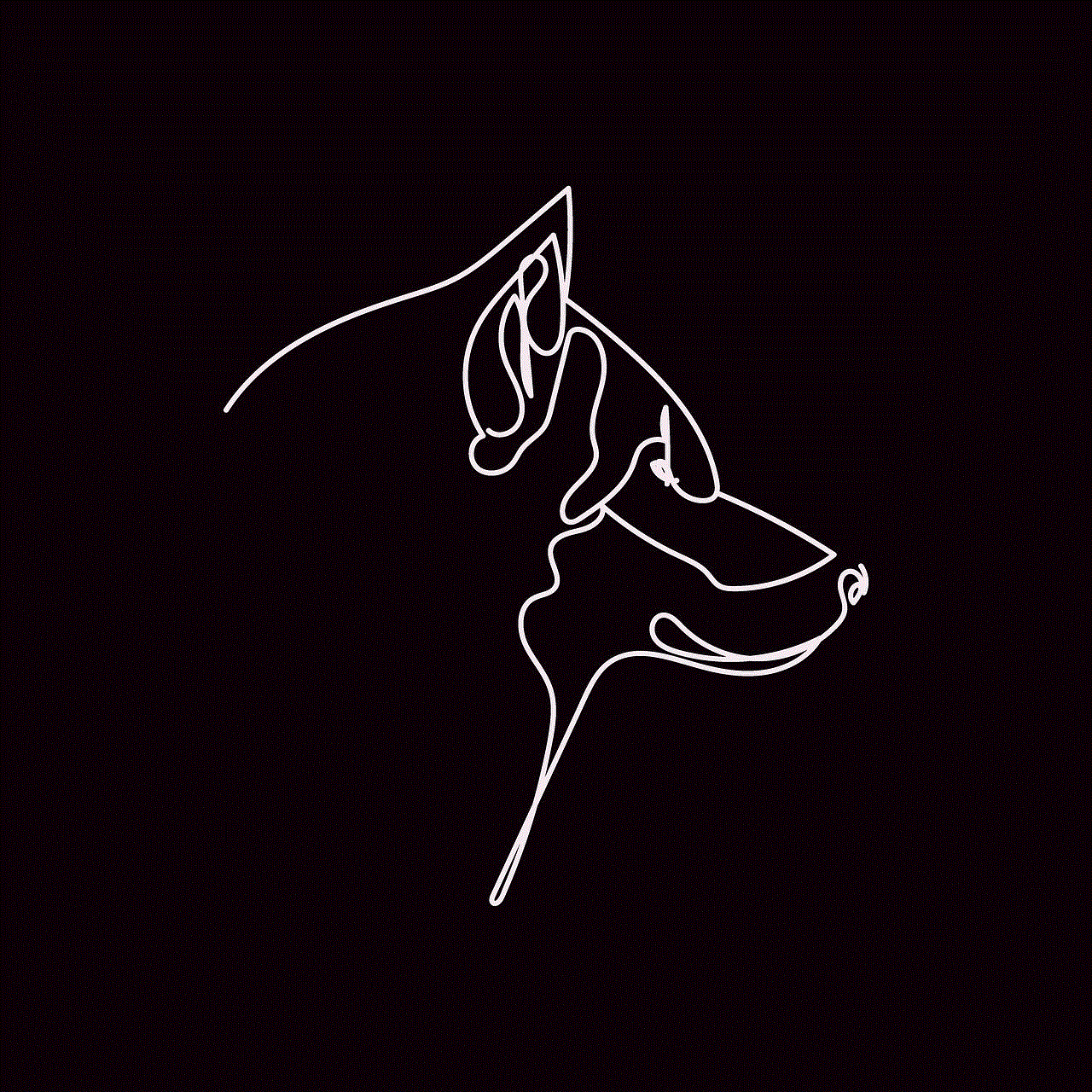tiktok app logo
# The TikTok App Logo: A Symbol of a Digital Phenomenon
## Introduction
In the ever-evolving landscape of social media, few platforms have made as significant an impact as TikTok. Launched in 2016 by the Chinese tech company ByteDance, TikTok quickly rose to prominence, becoming a cultural phenomenon characterized by short-form videos that blend music, creativity, and humor. At the heart of this global sensation is the TikTok app logo, a simple yet striking design that encapsulates the platform’s essence and brand identity. This article delves deeper into the TikTok app logo, exploring its design elements, cultural significance, and the broader impact of the platform on social media and youth culture.
## The Design Elements of the TikTok Logo
### 1. Color Scheme
At first glance, the TikTok logo presents a bold and vibrant color palette. The primary colors used in the logo are black, white, and a gradient of pink and blue. The contrasting hues draw attention and evoke a sense of energy and creativity. This choice of colors reflects the platform’s youthful audience and its focus on dynamic content. The bright colors are not only eye-catching but also convey a sense of fun and playfulness, which aligns perfectly with the platform’s core mission of entertainment.
### 2. The Musical Note
Central to the TikTok logo is the stylized musical note, which serves as a direct nod to the platform’s origins in music and lip-syncing. Initially launched as Douyin in China, TikTok merged with the lip-syncing app Musical.ly in 2018, leading to the platform’s growth in music-related content. The musical note is a visual representation of this heritage, symbolizing the importance of sound and music in the TikTok experience. It also serves as a reminder that the platform is built on creativity, allowing users to express themselves through music, dance, and other artistic forms.
### 3. The Shape and Typography
The logo features a sleek design with clean lines and rounded edges, giving it a modern and approachable appearance. The use of negative space in the logo’s design is particularly effective; the musical note’s cutout creates an engaging visual element that draws the eye. Additionally, the typography used in the TikTok name is bold and straightforward, contributing to the logo’s overall sense of clarity and impact. The combination of the visual elements and typography makes the TikTok logo easily recognizable, which is crucial in a crowded digital landscape.
## The Evolution of the TikTok Logo
### 4. From Douyin to TikTok
The TikTok logo has undergone several iterations since its inception. The original Douyin logo featured a more traditional design, reflecting the cultural aesthetics of the Chinese market. However, as the app began to expand internationally, the logo evolved to resonate with a global audience. The transition from Douyin to TikTok marked a significant change not only in branding but also in the platform’s content strategy, leading to a more diverse range of videos that appealed to various demographics.
### 5. The 2018 Rebranding
In 2018, following the acquisition of Musical.ly, TikTok underwent a major rebranding that included a refreshed logo. This redesign aimed to unify the brand identity across different markets while emphasizing the platform’s core strengths: music and creativity. The new logo, with its vibrant color scheme and dynamic shapes, effectively captured the spirit of TikTok as a creative outlet for users worldwide.
## Cultural Significance of the TikTok Logo
### 6. A Reflection of Youth Culture
The TikTok logo has become a symbol of youth culture, representing the platform’s role as a space for self-expression and creativity. As the app gained popularity, it became a hub for trends, challenges, and viral content, shaping the way young people communicate and connect with one another. The logo serves as a visual shorthand for the platform’s cultural impact, signifying not just an app but a movement that transcends borders and languages.
### 7. Fostering Community and Connection
Beyond its individualistic nature, TikTok has fostered a sense of community among its users. The logo represents this collective experience, as millions of users come together to share their creativity and engage with content from around the world. TikTok’s various features, such as duets and stitches, encourage collaboration and interaction, reinforcing the idea that the platform is more than just a collection of videos—it’s a vibrant community of creators.
## The Impact of TikTok on Social Media
### 8. Redefining Content Creation
TikTok has fundamentally changed the way content is created and consumed on social media. The platform’s emphasis on short-form videos has led to the rise of new content formats and styles, challenging traditional notions of storytelling and engagement. The TikTok logo symbolizes this shift, representing a platform that prioritizes creativity and spontaneity over polished production. As a result, many users have embraced the idea that anyone can be a creator, democratizing content production and breaking down barriers to entry.
### 9. Influencer Culture and Branding
The rise of TikTok has also given birth to a new wave of influencers and content creators who leverage the platform’s unique features to build their brands. The TikTok logo has become synonymous with this influencer culture, as creators use the app to showcase their talents and connect with audiences. Brands have taken notice, leading to partnerships and collaborations that further integrate TikTok into the marketing landscape. The logo serves as a badge of honor for creators, symbolizing their presence in a space that values authenticity and relatability.
## Criticisms and Challenges
### 10. Concerns Over Privacy and Content Moderation
Despite its success, TikTok has faced criticisms and challenges, particularly regarding user privacy and content moderation. As a platform that collects vast amounts of user data, concerns have arisen about how this information is used and protected. The TikTok logo, while a symbol of creativity and community, also represents the scrutiny that comes with being a major player in the social media landscape. The platform has made efforts to address these concerns, implementing features that promote transparency and user control, but the challenges remain ongoing.
### 11. The Future of TikTok and Its Logo
As TikTok continues to grow and evolve, its logo will likely remain a significant part of its identity. The platform’s ability to adapt to changing trends and user preferences will be crucial in maintaining its relevance in an ever-competitive market. Future iterations of the logo may reflect new directions in content and community engagement, but the core elements—music, creativity, and connection—are likely to remain at the forefront. The logo will continue to serve as a beacon for users seeking a space to express themselves and connect with others.
## Conclusion
The TikTok app logo is more than just a visual identifier; it encapsulates the platform’s mission, values, and cultural impact. With its bold design, vibrant colors, and symbolic representation of music and creativity, the logo has become a powerful symbol in the digital age. As TikTok continues to shape the landscape of social media and youth culture, the logo will remain a vital part of its identity—a reminder of the creativity, community, and connection that define the TikTok experience. In a world where digital interactions are increasingly important, the TikTok logo serves as a testament to the platform’s enduring influence and relevance.
omg meaning in text
# Understanding “OMG”: Its Meaning, Usage, and Cultural Impact



In the digital age, communication has evolved dramatically, with the rise of texting and social media leading to the emergence of a myriad of acronyms and shorthand expressions. One of the most ubiquitous of these is “OMG,” which stands for “Oh My God.” While it may seem like a simple expression of surprise or disbelief, its meaning, usage, and cultural significance are far more complex. In this article, we will delve into the origins of “OMG,” its various meanings, how it is used in different contexts, and its impact on language and communication.
## The Origins of “OMG”
The phrase “Oh My God” has been in use for centuries, often employed in religious contexts or as an expression of astonishment. However, the acronym “OMG” first gained prominence in the early 21st century, primarily due to the rise of the internet and text messaging. The earliest recorded use of “OMG” in print dates back to 1917, when it appeared in a letter to Winston Churchill. Despite this early usage, it wasn’t until the advent of SMS and social media that “OMG” became a staple of online communication.
The term became particularly popular in the 2000s, coinciding with the rise of platforms like Facebook, Twitter , and instant messaging services. As people began to communicate more frequently through text, they sought ways to convey emotions and reactions concisely. “OMG” filled that need perfectly, allowing users to express surprise, excitement, or shock without typing out the entire phrase.
## The Various Meanings of “OMG”
While “OMG” is most commonly understood as an expression of astonishment or disbelief, its meaning can vary depending on context. Here are some of the primary interpretations of “OMG”:
1. **Surprise or Shock**: The most straightforward use of “OMG” is to express surprise or shock at an unexpected event. For example, receiving shocking news or witnessing an unbelievable moment might prompt someone to text, “OMG!”
2. **Excitement**: “OMG” can also convey excitement or enthusiasm. For instance, someone might say, “OMG, I just got tickets to the concert!” In this context, it reflects a positive emotional response.
3. **Disbelief**: Often, “OMG” is used when someone is struggling to believe what they are hearing or seeing. For example, “OMG, did that really happen?” captures a sense of incredulousness.
4. **Sarcasm or Humor**: In some cases, “OMG” can be used sarcastically or humorously. For example, someone might comment, “OMG, you really thought that would work?” This usage adds a layer of irony to the expression.
5. **Cultural References**: “OMG” has also been incorporated into popular culture, often appearing in movies, television shows, and songs. Its use in these contexts can influence how it is perceived and adopted by different demographics.
## The Evolution of “OMG” in Digital Communication
The rise of “OMG” can be largely attributed to the evolution of digital communication. As people began to text more frequently, there was a growing need for brevity. The character limits imposed by platforms like Twitter and the desire for quick exchanges led to the widespread adoption of acronyms.
In addition to “OMG,” other similar acronyms, such as “LOL” (laughing out loud) and “BRB” (be right back), emerged around the same time, creating a new lexicon for digital communication. These acronyms not only served the practical purpose of saving time and space but also fostered a sense of community among users who understood the shorthand.
The impact of “OMG” is not confined to casual conversation; it has also made its way into more formal communication. In recent years, “OMG” has appeared in emails, marketing materials, and even academic discussions, showcasing its versatility and widespread acceptance.
## “OMG” in Social Media
Social media platforms have played an essential role in popularizing “OMG.” On platforms like Twitter, Facebook, and Instagram , users often share their reactions to events, announcements, or personal experiences using this acronym. The immediacy of social media allows people to express their feelings in real-time, and “OMG” serves as a quick way to convey their emotional responses.



For example, during major news events or celebrity happenings, users might flood their feeds with “OMG” posts, creating a collective sense of astonishment or excitement. This phenomenon has helped “OMG” transcend its original meaning, becoming a rallying cry for shared experiences in the digital age.
Furthermore, influencers and brands have harnessed the power of “OMG” to engage their audiences. Marketing campaigns often incorporate the term to evoke a sense of urgency or excitement, encouraging consumers to take action. For example, a brand might post, “OMG! Our sale starts today!” to grab attention and drive engagement.
## The Role of “OMG” in Youth Culture
The use of “OMG” is particularly prevalent among younger demographics, including teenagers and young adults. For many, it has become an integral part of their communication style, reflecting their values, interests, and social interactions. The casual nature of “OMG” resonates with youth culture, where informal communication reigns supreme.
In this context, “OMG” often serves as a bonding tool among peers. It conveys shared experiences and emotions, allowing friends to connect over their reactions to events. The phrase’s adaptability means it can be used in a variety of scenarios, from expressing excitement about a new TV show to reacting to a friend’s personal news.
Moreover, “OMG” has become a cultural touchstone, appearing in memes, TikTok videos, and other forms of online content. The phrase is often exaggerated for comedic effect, contributing to its status as a symbol of contemporary youth culture. As a result, “OMG” has become more than just an acronym; it represents a way of life for many young people.
## The Impact of “OMG” on Language
The proliferation of acronyms like “OMG” has sparked discussions about the impact of digital communication on language. Linguists and language enthusiasts have noted that the rise of texting and social media has led to the evolution of language in several ways.
On one hand, some argue that the use of acronyms and shorthand can contribute to a decline in language skills, particularly among younger generations. Critics suggest that reliance on expressions like “OMG” may lead to a loss of vocabulary and an inability to communicate effectively in more formal contexts.
On the other hand, proponents of digital communication argue that the evolution of language is a natural process. They contend that acronyms like “OMG” enrich the language by adding new dimensions to expression. The ability to convey complex emotions in a concise manner reflects the adaptability of language in response to changing communication needs.
In this sense, “OMG” is not just a fleeting trend but rather a reflection of how language continues to evolve in the digital age. As communication mediums change, so too does the way we express ourselves.
## The Future of “OMG”
As we look to the future, it is clear that “OMG” will likely remain a part of our communication toolkit for the foreseeable future. Its widespread acceptance and versatility ensure that it will continue to be used across various platforms and demographics.
However, as with any form of language, the meaning and usage of “OMG” may evolve over time. New generations may adopt or adapt the term, potentially giving it new meanings or associations. Additionally, the emergence of new communication technologies and social media platforms could introduce alternative expressions that might replace or complement “OMG.”
Despite these potential changes, the fundamental essence of “OMG” as a means of expressing surprise, excitement, and disbelief is unlikely to diminish. As long as people continue to seek quick and efficient ways to convey their emotions, “OMG” will remain relevant.
## Conclusion
In conclusion, “OMG” is more than just an acronym; it is a cultural phenomenon that reflects the evolution of language and communication in the digital age. From its origins as a simple expression of surprise to its status as a staple of online communication, “OMG” has become an integral part of how we connect with one another.



Understanding the various meanings and contexts of “OMG” allows us to appreciate its significance in modern communication. As we continue to navigate the ever-changing landscape of language, “OMG” serves as a reminder of the power of expression and the ways in which we adapt to new forms of communication. Whether used in excitement, disbelief, or humor, “OMG” encapsulates the essence of human emotion in a rapidly evolving digital world.
0 Comments